Are you tired of throwing away money on laundry? Water, electricity and detergent all add up, and if you feel like you’re spending too much money on cleaning your clothes, then it’s time to cut back.
Fortunately, there are a few simple things you can do to cut down on the cost of doing laundry.
From washing larger loads to using less detergent, read on for our top tips on how to save money doing laundry without sacrificing cleanliness.
1. Wash at 30°C
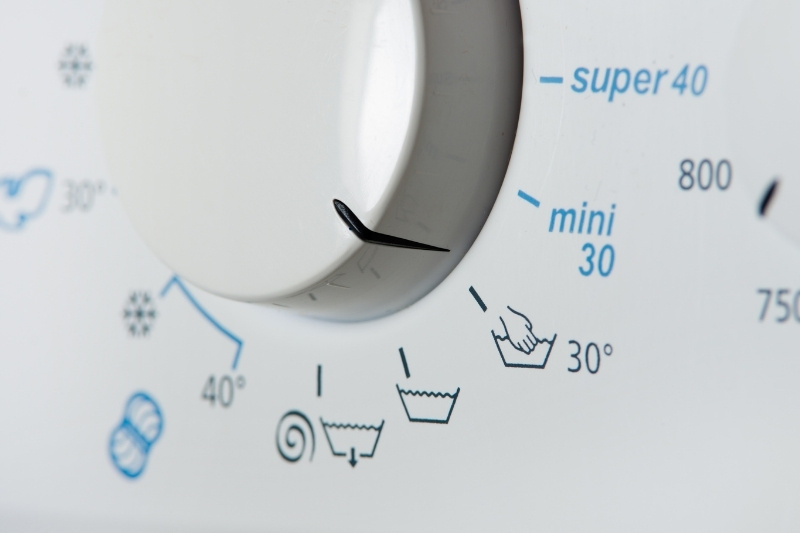
Since about 80% of each wash cycle’s energy usage can be attributed to heating the water, one of the easiest ways to save on laundry is to turn down the temperature.
Unless clothes are heavily soiled, a short 30°C cycle should be perfectly adequate and will use around 40% energy than a warmer one.
In fact, you only need to choose a longer, hotter cycle if you’re washing towels, bedding, oily stains or when someone is ill to ensure bacteria is removed.
And if you’re worried that a stain may not come out on a cool wash, you can pre-treat it with a stain remover like Vanish Oxi Action beforehand to avoid having to wash the item twice.
2. Wash Clothes at Cheaper Times
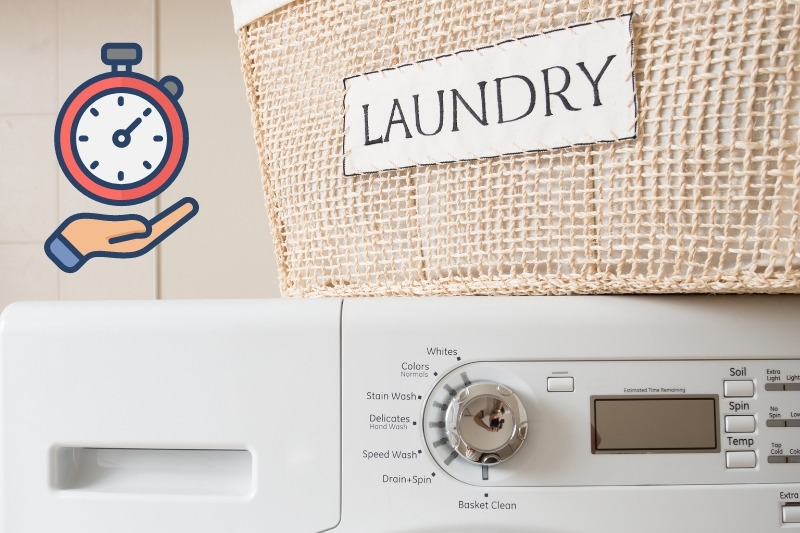
Did you know that doing laundry at peak hours such as 5-7 p.m. can be more expensive than other times of day? On “time of use” electricity tariffs, the price per kilowatt hour is higher at peak hours.
This is because as people finish work, cook their dinner and do laundry, demand for electricity increases, so many suppliers put their price per kilowatt hour up at this peak time.
For this reason, it’s often cheaper to run your washing machine at night or in the early hours of the morning. Some machines even have a time delay setting so you can load it before bed and then set it to start the cycle during a cheaper hour.
If you’re not sure whether your utility supplier has a variable rate based on peak and off-peak hours, contact them to find out.
3. Wear Clothes for Longer and Only Wash Full Loads

While this may sound obvious, you’d be surprised how many garments are washed more often than they need to be.
Of course, underwear and t-shirts need to be washed after every wear, but jumpers and jeans that are worn over other items can usually be worn 2-3 times before laundering.
Similarly, towels can be used several times before being washed and bed linen only needs changing once every 1-2 weeks depending on the season and temperature.
Likewise, though it may be tempting to wash a handful of garments part way through the week, doing one full load is always cheaper than doing two small ones.
If you need to wash an item before you’ve gathered a full load, ask a friend, relative or neighbour to split a load.
Just be careful not to overload your machine, as this can put unnecessary strain on the mechanisms and reduce the effectiveness of the cycle. Three-quarters full is perfect.
4. Line Dry Clothes Whenever Possible
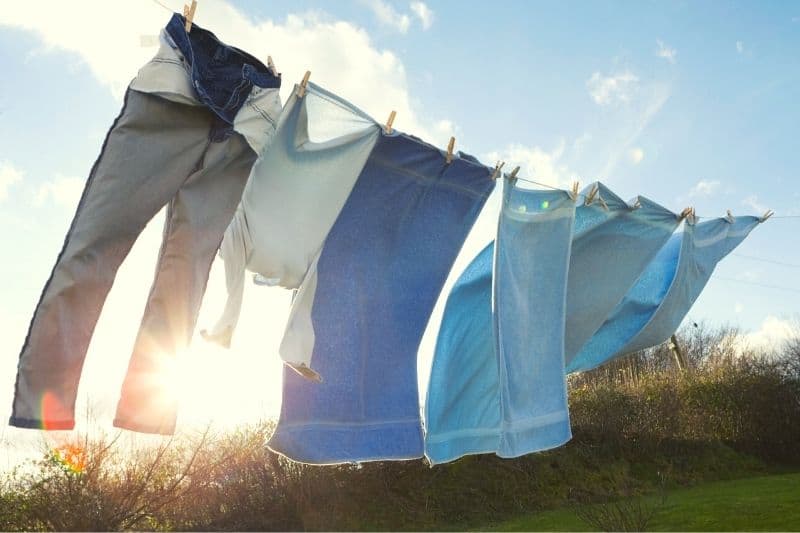
Another simple way to save money on laundry is by line drying your clothes whenever you can, rather than putting them in the tumble dryer.
If drying outside, remember that warm sunny weather isn’t essential. You just need a dry day with low humidity and ideally a breeze to speed up the drying process.
However, there are several advantages of drying your clothes in the sun.
Alternatively, you can dry clothes indoors using a freestanding clothes airer or a smaller one that hooks over a radiator to utilise the adjacent heat in colder weather.
Line drying reduces the need for ironing as creases often fall out with the help of gravity, but it may leave towels feeling quite stiff. In this case, try running a 10 minute dryer cycle to soften them.
If you do decide to use your tumble dryer, keep the lint filter clean to maintain the machine’s efficiency and opt for the moisture control setting. This clever tool senses when the clothes feel dry and automatically shuts the machine off to save on unnecessary drying time.
5. Cut Back on the Amount of Detergent You Use
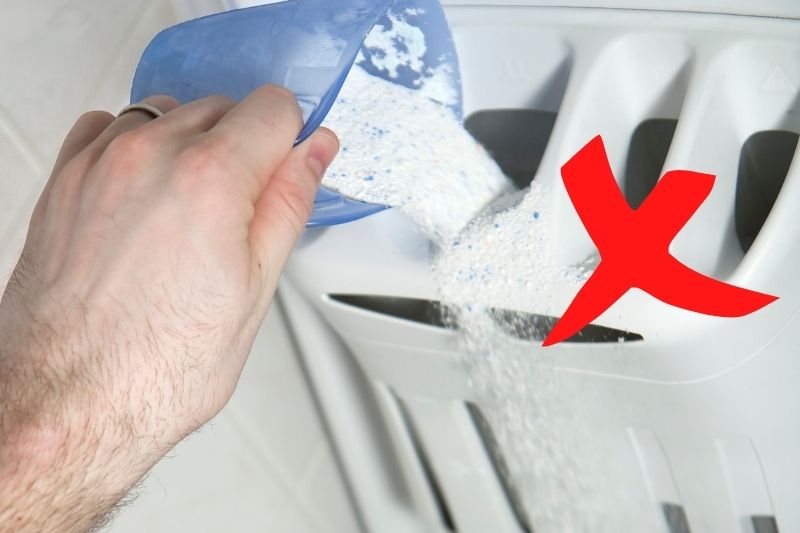
Suspect you may be using too much detergent? If you can see suds frothing in the machine while your clothes are being cleaned, then you probably are.
Many laundry detergents come with a scoop or measuring cup, but you should always read the box or bottle to determine the recommended dose rather than simply filling it all the way to the top.
If you want to make your detergent last longer, opt for the minimum amount suggested and if you have a high efficiency machine, remember to use less – just two tablespoons is enough.
Tip: when washing in cold water, opt for liquid detergent over powder to avoid leaving any white residue behind. This can mark your clothes and cause grime to build up in the washer.
6. Switch to a Supermarket Brand of Laundry Detergent

Although Persil and Ariel are arguably the nation’s favourite detergents, that doesn’t mean you should discount supermarket own-brands. In fact, many are made in the same factories as those by leading manufacturers, but cost much less, so they are definitely worth a try.
For example, a bottle of Persil Non Biological Liquid Detergent that provides roughly 38 washes currently costs around £6 at Tesco. For the same price, you could get Tesco’s own Non Biological Super Concentrated Detergent which contains enough for around 60 washes.
However, if you love your brand-name detergent and don’t want to give it up, try looking for money-off coupons or only buying it when it’s on offer.
Alternatively, swap fabric conditioner for white vinegar to save during that stage of the cycle instead. Just half a cup of vinegar in the final rinse is enough to remove soap residue that can make clothes feel stiff or scratchy.
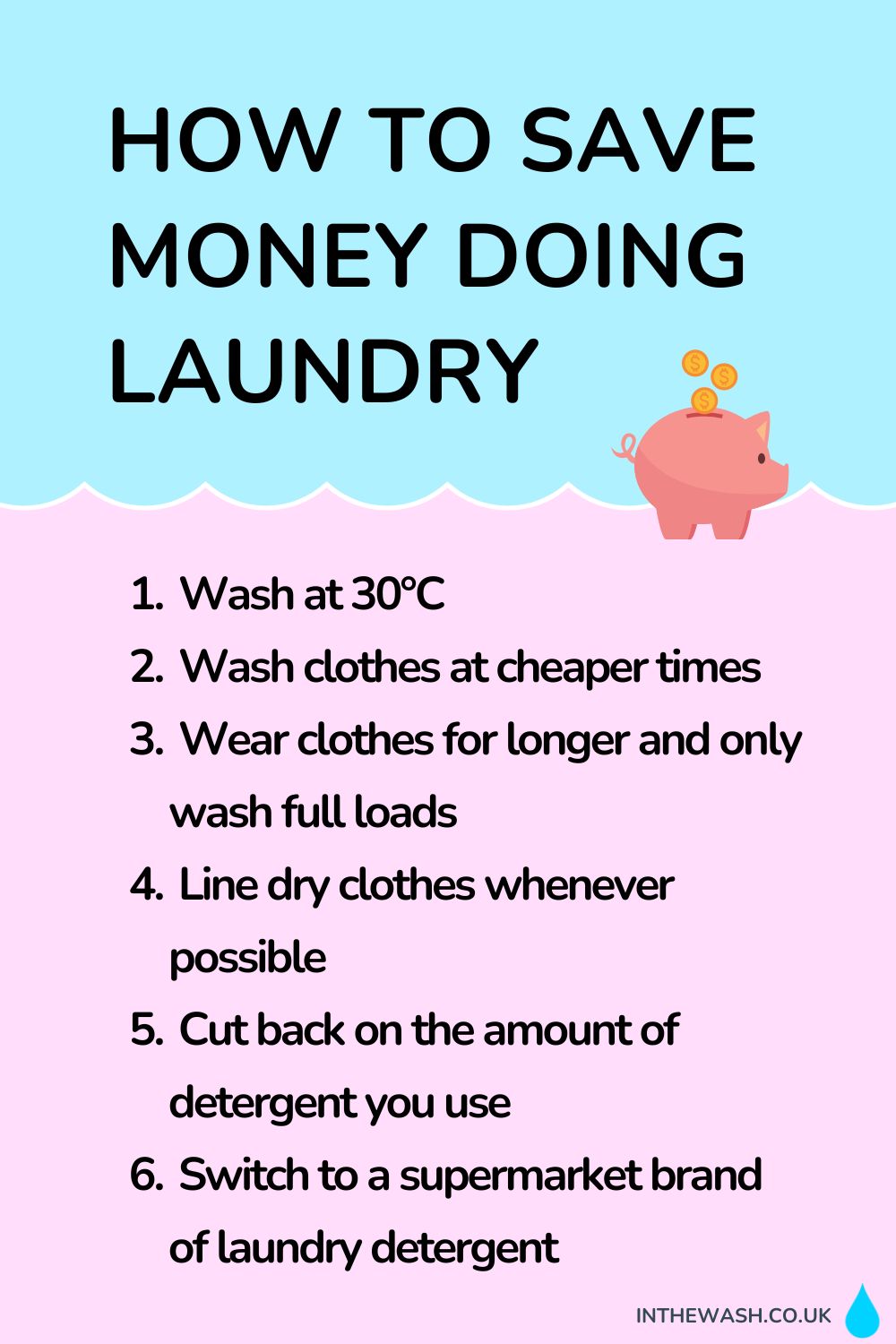

A proud Yorkshire lass with a love for movies, music and cosy nights in! Once a self-confessed avoider of cleaning, she’s always on the lookout for new ways to make household chores as quick and simple as possible.






